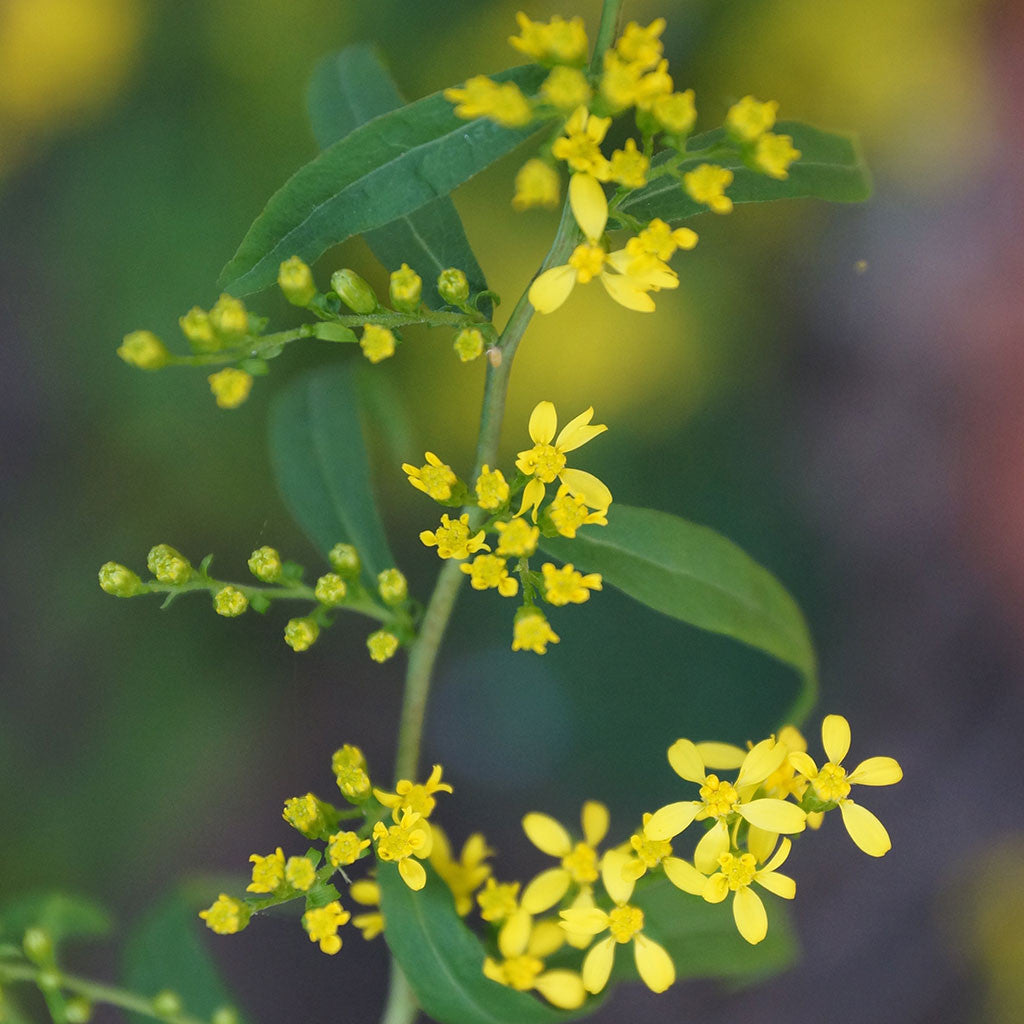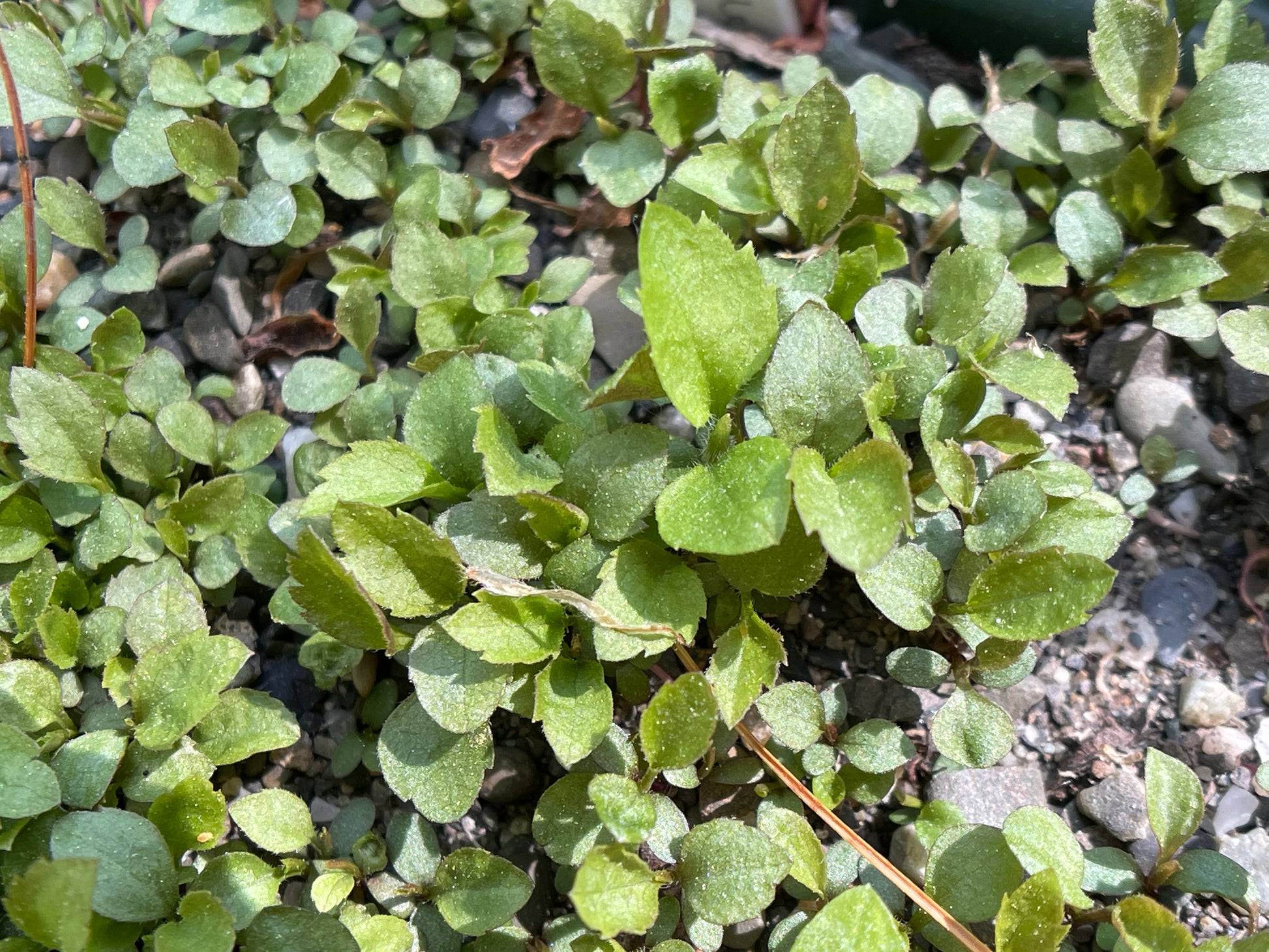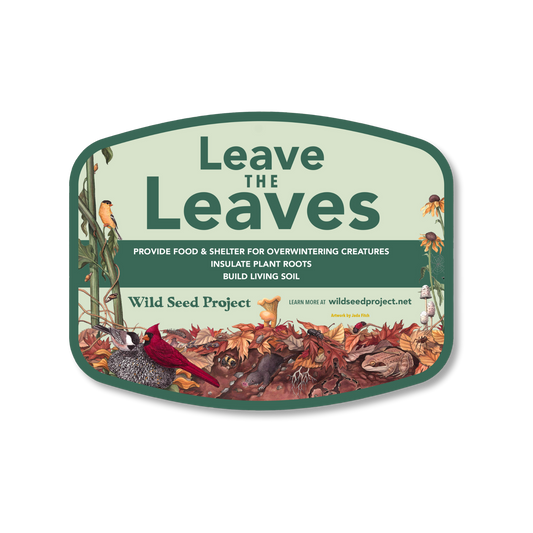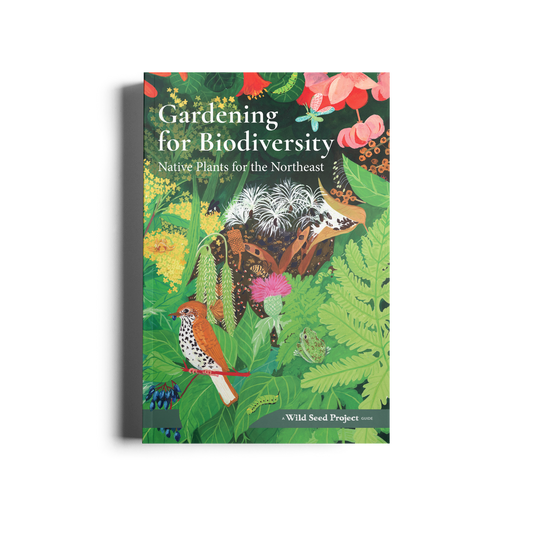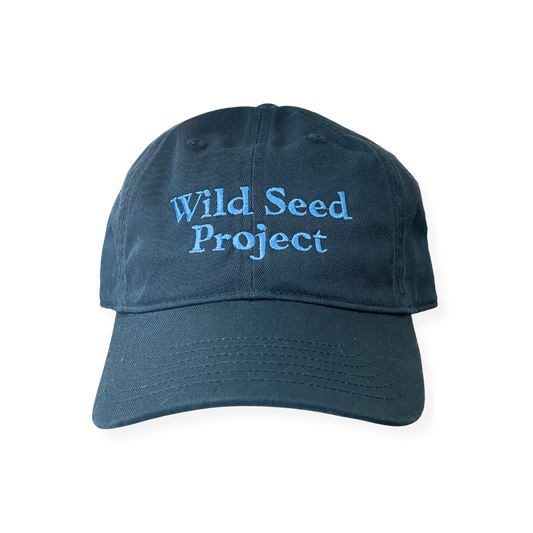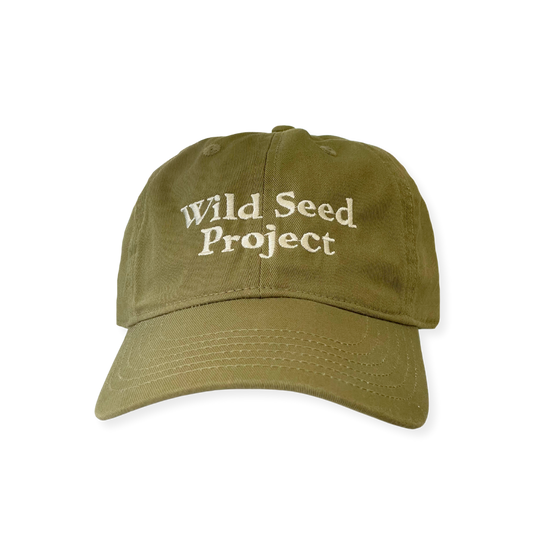Goldenrods — Blue-stem goldenrod (Solidago caesia) Seeds
Goldenrods — Blue-stem goldenrod (Solidago caesia) Seeds
In stock
Couldn't load pickup availability
A lovely goldenrod for shady gardens and landscapes. In October, delicate arching stems are covered with tiny yellow flower clusters that attract fall pollinators. A clump-forming species that is very well-behaved and deserving of a place in shady gardens. Deer-proof.
Native to Maine: Yes
Growing conditions: Part sun to shade in dry to medium soil
Grows up to: 18"
Blooms: In late fall
Pairs well with: Blue-wood aster, Christmas fern, white snakeroot, large-leafed wood aster, and zig-zag goldenrod
Natural habitat: Dry deciduous woodlands and shady edges
Seeds per packet: 50-100
These seeds need a winter or cold period to germinate - a minimum of 60 days below 40°F in moist soil (or sand or vermiculite). Sow outdoors in pots November through February.A great species for beginner seed-sowers.
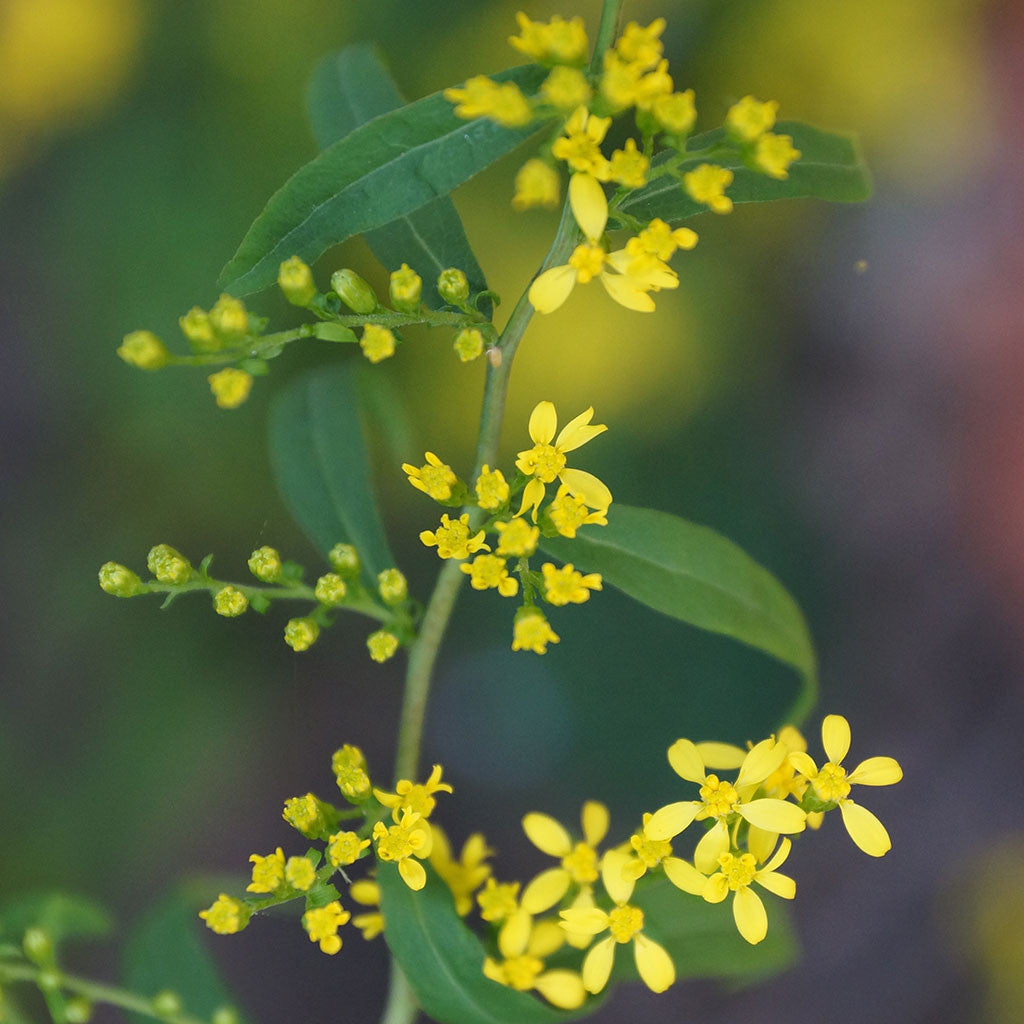
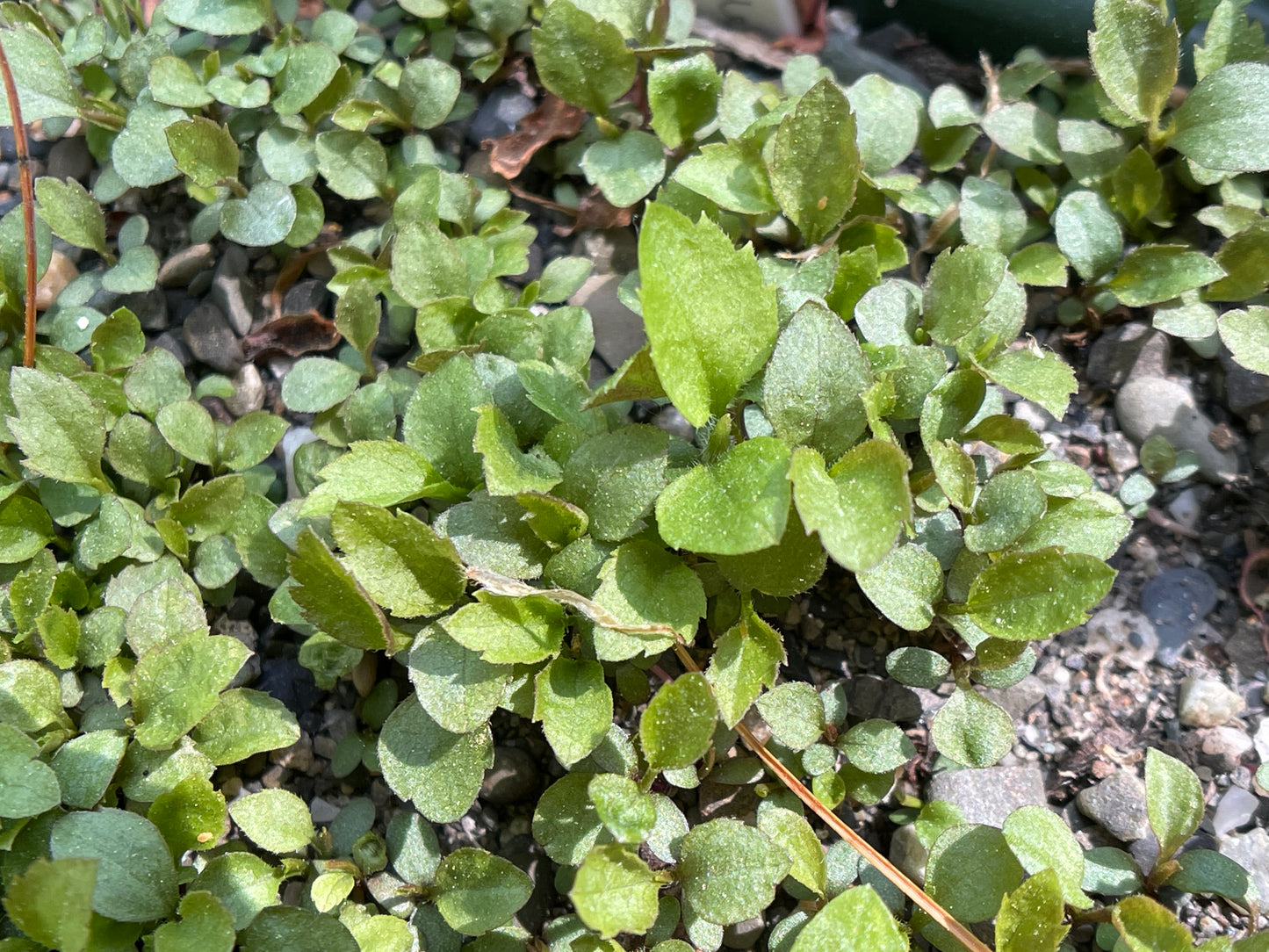
More from Wild Seed Project
-
Leave the Leaves Yard Sign
Regular price $ 23.80 USDRegular priceUnit price / per$ 28.00 USDSale price $ 23.80 USDSale -
Gardening for Biodiversity: Native Plants for the Northeast
Regular price $ 22.00 USDRegular priceUnit price / per -
Classic Logo Hat in Blue
Regular price $ 26.00 USDRegular priceUnit price / per$ 30.00 USDSale price $ 26.00 USDSale -
Classic Logo Hat in Moss
Regular price $ 26.00 USDRegular priceUnit price / per$ 30.00 USDSale price $ 26.00 USDSale
